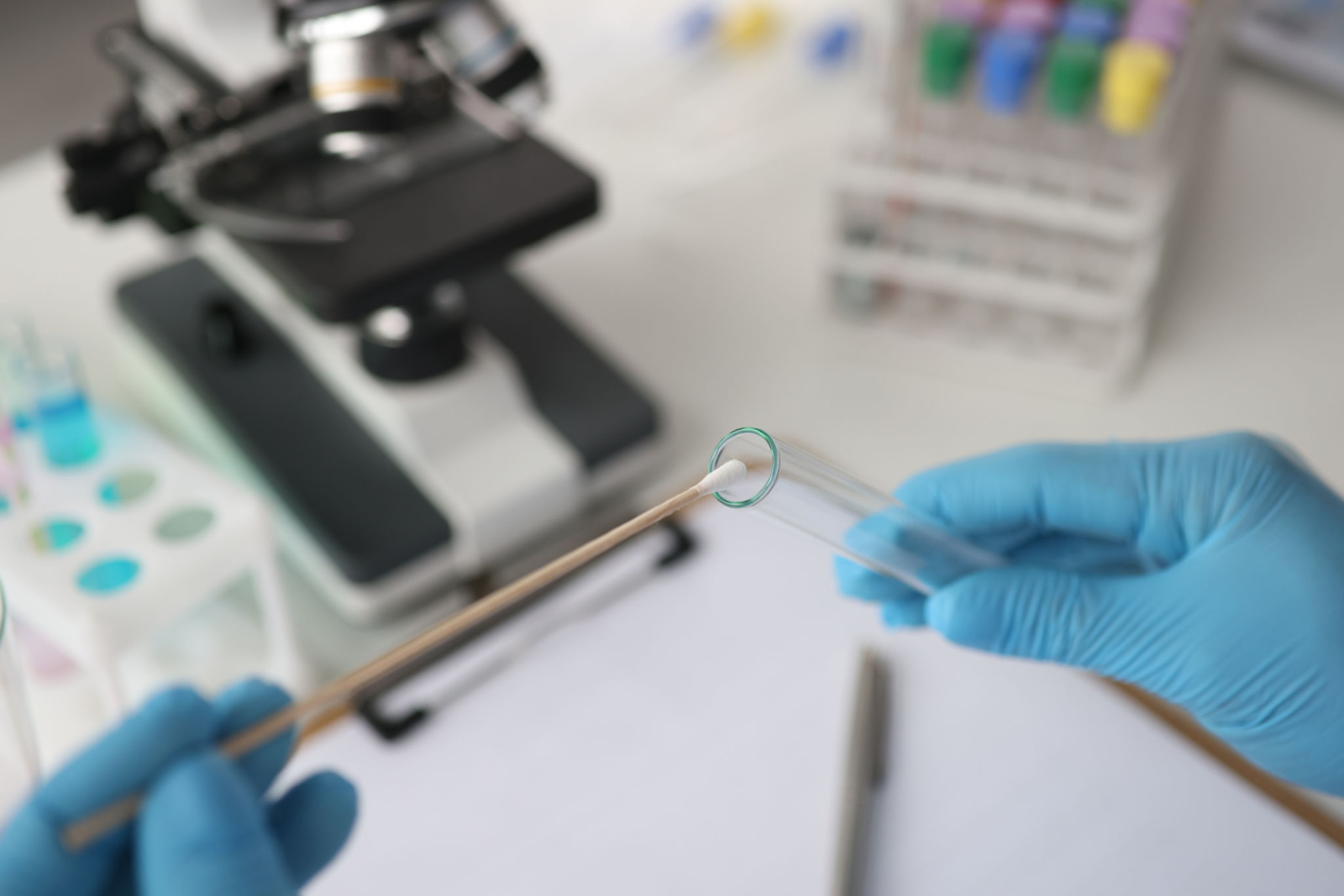Non-Invasive Paternity Testing: Common Misconceptions Debunked
Understanding Non-Invasive Paternity Testing
Non-invasive paternity testing has gained popularity for its convenient and safe approach to determining biological relationships. Despite its widespread use, several misconceptions persist about how it works and its reliability. This article aims to shed light on these misunderstandings and provide a clearer picture of what non-invasive paternity testing entails.
Unlike traditional methods, non-invasive paternity testing does not require an invasive procedure, such as amniocentesis or chorionic villus sampling, which can pose risks to both the mother and the unborn child. Instead, it uses a simple blood sample from the mother and a cheek swab from the alleged father to perform the test. This method is not only safer but also offers a high level of accuracy.

Myth: Non-Invasive Means Less Accurate
One of the most common misconceptions is that non-invasive paternity testing is less accurate than invasive methods. In reality, non-invasive tests boast an accuracy rate of over 99.9% when performed correctly by accredited laboratories. This high level of precision is achieved by analyzing fetal DNA that circulates in the mother's bloodstream.
The reliability of these tests is comparable to that of traditional methods, making them a trusted choice for expectant parents. It's crucial, however, to select a reputable provider that complies with international standards to ensure the results' accuracy and reliability.

Myth: Testing Can Harm the Fetus
Another prevalent myth is that non-invasive paternity testing can harm the fetus. This misconception likely stems from confusion with invasive procedures, which do carry some risk. Non-invasive tests, however, pose no risk to the fetus since they only require a blood sample from the mother.
This aspect makes non-invasive testing particularly appealing to expectant mothers who wish to determine paternity without compromising their pregnancy's safety. The procedure is as simple as any routine blood test, further reinforcing its safety profile.
Myth: Results Are Not Legally Binding
Some people believe that results from non-invasive paternity tests are not legally binding. While it's true that not all test results are automatically admissible in court, this depends on how the test is administered. For results to be legally binding, the test must follow a strict chain of custody process.
Many laboratories offer legal paternity tests alongside peace-of-mind tests. To ensure results are legally defensible, one must choose a test specifically designed for legal purposes and follow all required procedures.

Myth: All Non-Invasive Tests Are the Same
It's a common misconception that all non-invasive paternity tests are created equal. In reality, the quality and reliability can vary significantly among different providers. Factors such as laboratory accreditation, testing technology, and customer service can influence the overall experience and outcome.
Prospective clients should thoroughly research and compare different testing services, looking for providers with strong reputations and positive reviews. Ensuring that a laboratory is accredited by recognized bodies can also guarantee a higher standard of testing.
In conclusion, non-invasive paternity testing offers a safe, accurate, and reliable option for determining biological relationships without the risks associated with invasive procedures. By debunking these common myths, individuals can make more informed decisions and choose the best testing method for their needs.
